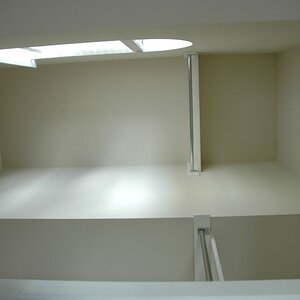- Joined
- Dec 11, 2006
- Messages
- 18,743
- Reaction score
- 8,047
- Location
- Mid-Atlantic US
- Website
- www.lewlortonphoto.com
- Can others edit my Photos
- Photos NOT OK to edit
Preparing for a lecture tomorrow night and thought this image might be interesting.
This was taken with an EP3 on a tripod at 6400 ISO and is at 100% crop

I used Noiseware by Imagenomics to remove all the color noise to show the luminance noise and so on.
It seems an almost total absence of color noise (yay Olympus) but a good deal of luminance noise that was mainly correctable. I didn't work hard at this to try different algorithms but the Noiseware worked well for an example.
This was taken with an EP3 on a tripod at 6400 ISO and is at 100% crop
I used Noiseware by Imagenomics to remove all the color noise to show the luminance noise and so on.
It seems an almost total absence of color noise (yay Olympus) but a good deal of luminance noise that was mainly correctable. I didn't work hard at this to try different algorithms but the Noiseware worked well for an example.


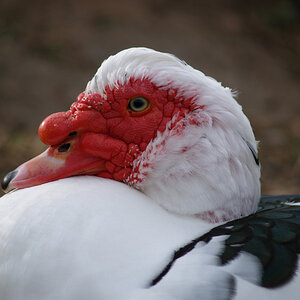
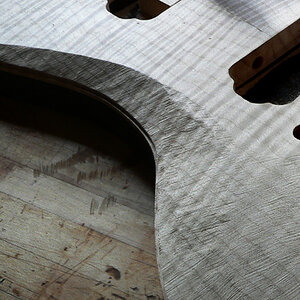
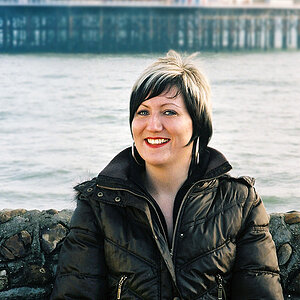
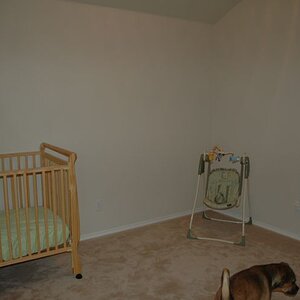

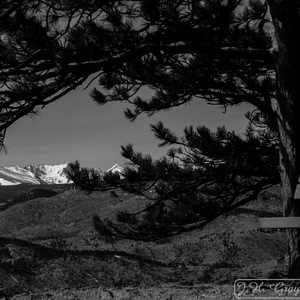
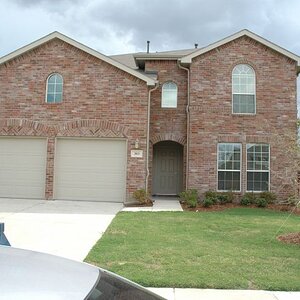
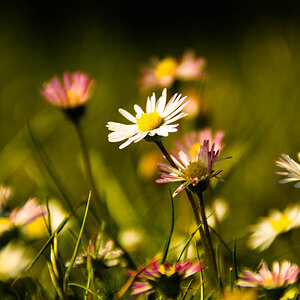
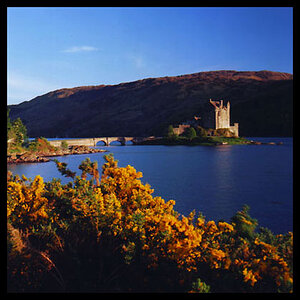
![[No title]](/data/xfmg/thumbnail/36/36393-86ce601930c671b92b6df002b7fcbd0b.jpg?1619737548)
